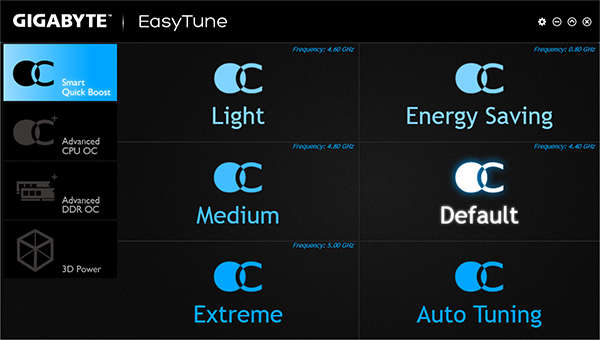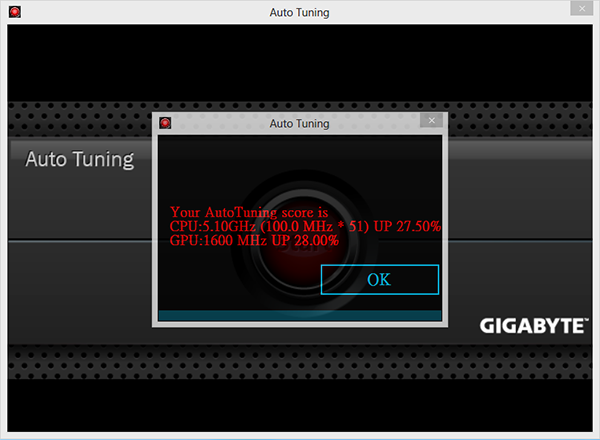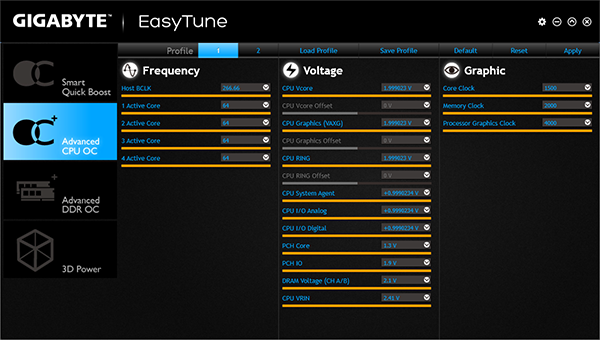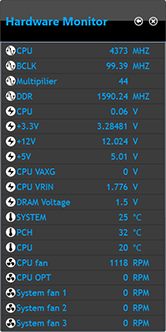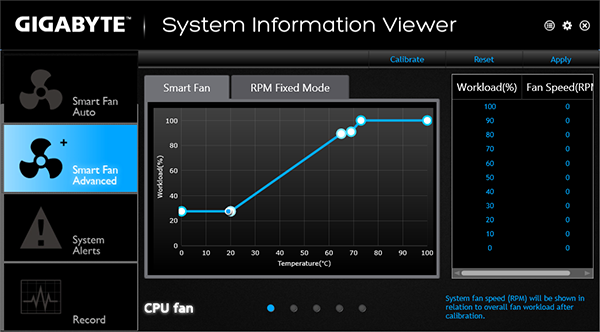Five Z97 Express Motherboards, $160 To $220, Reviewed
Intel’s “mainstream” socket continues to spawn enthusiast parts with the company’s fastest-ever gaming-oriented CPU. You’ll probably want a feature-packed motherboard for that, and five companies stepped up to show off the best of the sub-$220 segment.
Z97X-UD5H Software
Gigabyte EasyTune hasn’t changed much in the past year or two, but the company does help us include more readable screenshots by reducing the size of its GUI. Default overclocking profiles for the tested Core i7-4970K include 4.60 GHz at 1.35 V CPU core, 4.80 GHz at 1.50 V, and a 5.00 GHz setting that we didn’t even try for fear of frying our CPU.
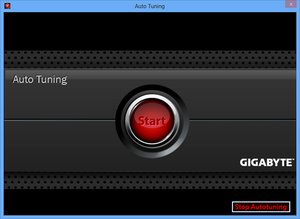
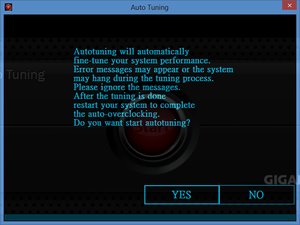
An automatic tuning algorithm nudged our processor up to 5.10 GHz. Like the other “Smart Quick Boost” settings, the software wasn't as smart as it purported, and the only quick thing about it was the speed with which our system crashed upon the application of a heavy software load. Each CPU is unique though, so perhaps you’ll have better luck.
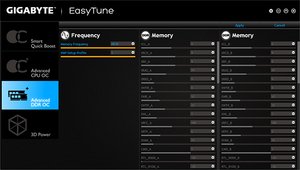
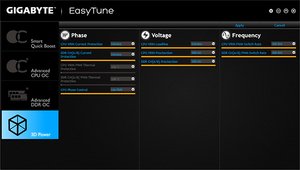
EasyTune’s advanced settings mostly work, we were able to measure voltage changes at the Z97X-UD5H’s voltage detection points, and CPU-Z was able to detect set changes in base clock and CPU multiplier. DRAM multiplier changes still require a reboot, and DRAM timings are still locked out.
One of the ways Gigabyte shrank its EasyTune menus was placing its hardware monitor on the right edge of the screen, at full height. I cropped this image before shrinking it.
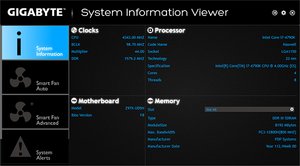
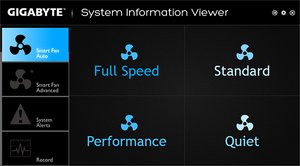
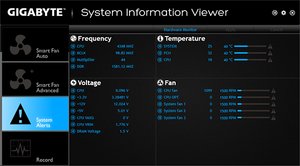
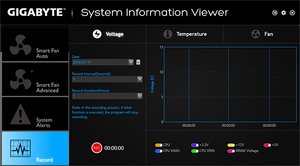
Unlike most system information pages, the one in Gigabyte EasyTune adds fan controls. You can choose between automatic and manual methods, including setting your own temperature-to-RPM slope.
Get Tom's Hardware's best news and in-depth reviews, straight to your inbox.
-
Memnarchon At this price Asus could send a ROG product (Maximus VII Hero). I wonder why they choose to send the Z97-Pro instead...Reply -
bigshootr8 ReplyAt this price Asus could send a ROG product (Maximus VII Hero). I wonder why they choose to send the Z97-Pro instead...
My thoughts you can find the hero board within that price range quite easy. http://pcpartpicker.com/part/asus-motherboard-maximusviihero -
Drejeck I'd like some ITX Z97 and H97 with M.2 reviewed.Reply
I'm buying the Asus Z97i-plus because it just mount a 2x M.2 2280 and 2260, and all other connectivity goodness, uninterested in overclocking unless the broadwell i5 K consume less than 90W :D -
mapesdhs I recently bought a Z97I-Plus. Being so used to EATX boards as of late, I was a tadReply
stunned at how tiny even the packing box is. :D Just pairing it up with a G3258
initially to see how it behaves. Pondering a GTX 750 Ti, but kinda hoping NVIDIA
will release a newer version in Sept.
Ian.
-
Crashman Reply
They probably wanted to win based on features for the money? We know that the Wi-Fi ac has A $50 WI-FI CONTROLLER, what does the Hero add that's worth $50?13953852 said:At this price Asus could send a ROG product (Maximus VII Hero). I wonder why they choose to send the Z97-Pro instead...
-
lp231 The Asus ROG boards have a red line that lights up showing the audio path through it's build in LEDs, but the mainstream Z97 don't. I had a chance to take a look at one of the Asus Z97 board and took my phone's flash to shine in on it. The color was somewhat yellowish green and it looks really nice.Reply -
g-unit1111 I have a Z97 Extreme 6, it's a very nice board and it's definitely worthy of the approval award.Reply -
TechyInAZ Nice boards!! I love the gigabyte model but I like asus more because yellow heatsinks just don't fit in my opinion.Reply -
Memnarchon Reply
Hello. I think there are more reasons to buy a ROG product, instead of a Wi-Fi controller...13956156 said:
They probably wanted to win based on features for the money? We know that the Wi-Fi ac has A $50 WI-FI CONTROLLER, what does the Hero add that's worth $50?13953852 said:At this price Asus could send a ROG product (Maximus VII Hero). I wonder why they choose to send the Z97-Pro instead...
Better audio quality.
Better MOF-SETs.
Better inductors.
ROG BIOS.
Generally ROG boards have better quality parts.
But in the end we need the reviewers (like you) to review as many products as they can, so we can see the performance difference between them.
